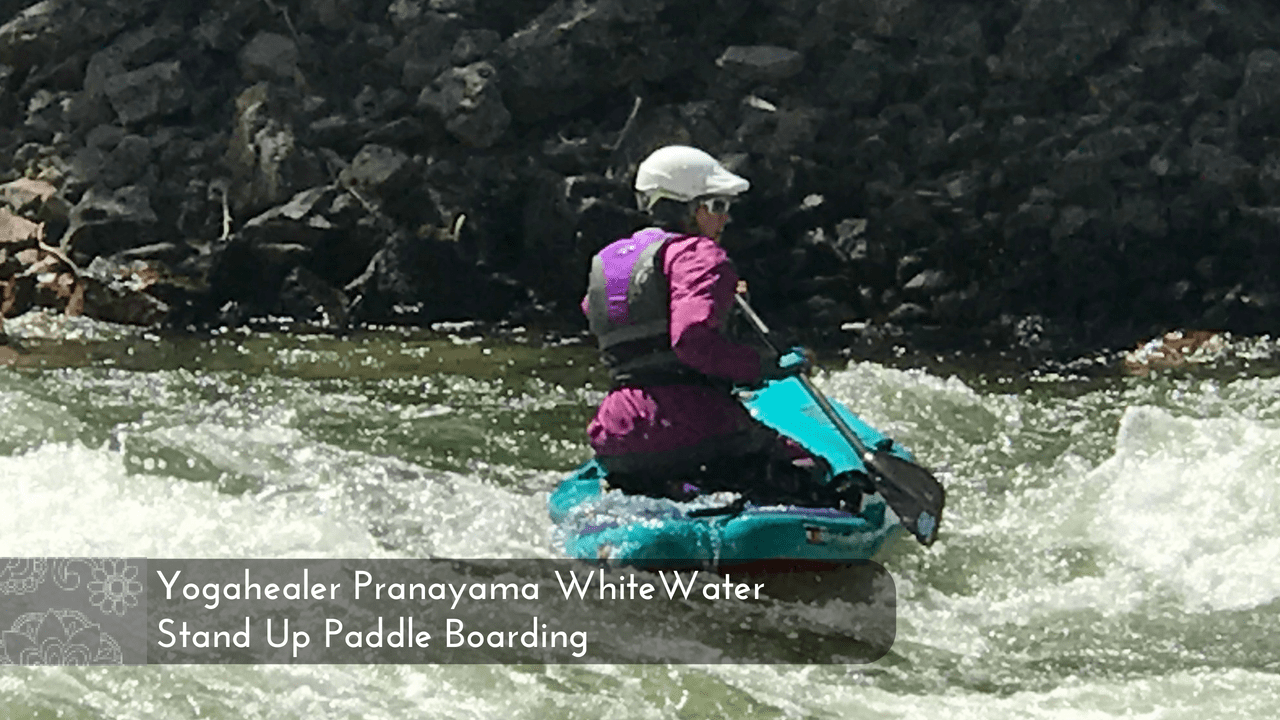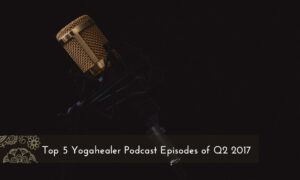It’s a little uncomfortable in a false authoritative way to write from my perspective as Yogahealer. I got the domain yogahealer.webfissure.com/ in 2001. I was living in San Francisco, finishing Yoga school and Ayurveda school. Both schools were 2 year trainings and I was about to enter my career in healing, both personal and planetary. That much was clear.
Yogahealer wasn’t taken back in 2001, until I claimed it. Over the past 17 years, Yogahealer grew into a tribe, a curricula, and a platform. We’re heading into young adulthood in the next few years. I still have the mic occasionally. I may be ready enough to blog as the Yogahealer on Pranayama and how I do it.
I do pranayama during sports. I didn’t learn that way. I learned pranayama as a very serious activity to be done mostly sitting and occasionally lying down or in other postures.
Last week I paddled the Middle Fork of the Salmon River. It’s a 100 miles of fairly constant whitewater, class 2-4. To say the water was at a constant 2+ or swift water, is an understatement. I chose a paddle-board as my watercraft, the Hala Luya to be specific. I used the WHO breathe I learned from Donna Farhi, where you exhale like you’re blowing air out through an imaginary straw pursed between your lips. You inhale through your nose.
The WHO Breathe
The WHO breathe opens the gateways to feeling your viscera – specifically your Maha Vaha Srota – mouth to anus chute. Going into class 3+, 4- rapids with deep visceral connection sets quite a relaxed scene for the occasion.
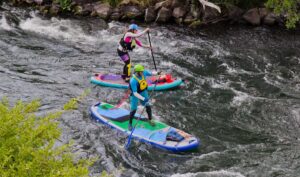
For me, practices aren’t meant to be done just on the cushion. The cushion is a training group. A safe space. A quiet zone where concentration is easier. Arguably if I hadn’t sat on the cushion for decades I might not be able to access longer practices of pranayama through swift or white water.
Whitewater paddle boarders take swims. Swims are hard. In a swim you are in the whitewater and not on your aerodynamic craft. In a swim you keep your feet up by the water surface pointed downstream. You don’t want a limb to hit a rock or god forbid get sucked into a crevice.
The two main elements in whitewater are water and rock. Soft and hard. During one swim I couldn’t breathe when my body wanted to. Plenty of prana was in the tissue of my body. I didn’t need to breathe. Could I relax enough bobbling down the rapids like a human inner tube to not mind not breathing?
Almost.
After a swim through the chutes my compadres were shocking I was fine. Once the 4 turned into 2 I flipped my board right side up and hauled my body back on.
Pranayama is evolving your breath body in line with the infinite potential your breathe body can become. In pranayama the subtleties of prana reveal with time, as your capacity expands.
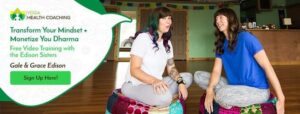
What does prana feel like?
Prana feels like access. In the koshas, prana correlates to water element, due to it’s fluid spreading nature, and relationship with oxygen in the fluid blood medium. In the doshas, prana correlates to the wind dosha, and in the subdoshas to ether element.
- prana (ether)
- apana (earth)
- vyana (water)
- udana (air)
- samana (fire)
Prana likes to move, to flow, to swirl, to expand. Where prana can’t go, prana can’t flow. Those places feel stuck, numb, stagnant or simply unconsciously unaccessible. Where prana is blocked you can have pain, sharp or dull.
Prana flows (water) with intelligence and carries (wind) intelligence between cells, between the one and the many, the many and the one (ether).
Two Leggeds Prana-Bound Stand Up
On the board I mostly practice yoga. Whitewater yoga is something that started happening to me after putting in consecutive hours on consecutive days going down stream. It’s less about posture and more about prana. When I’m not in heavy water I either practice opposite leg dominance or equiweightedness. My practice is to run prana evenly through both sides of my body, all muscles, all joints, from the third eye outward.
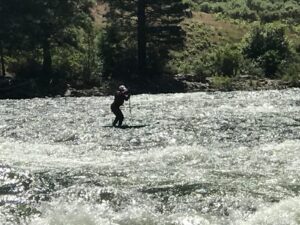
Fun to do on the mat, opposite leg dominance takes on a new paradigm of opportunities in class 2 and class 3 water. Practicing flowing energy evenly through both hips through both legs into both feet by practicing the opposite gives way to a balanced equiweightedness. In pranayama I’ve learned to love the patterns I find – the patterns that will give way to better, deeper access patterns, that unfold the deep beyond.
On the board I used the WHO breathe for days – 6 consecutive days, many times per hour. I began excavating a deep stagnation in my descending colon. This stagnation, as far as I know, was due to 2 factors that influenced my first year of life. #1. I was born in a hospital that sent my mom home for the weekend and kept me. #2. I wasn’t breastfed much. I was a little.
Newborn infants have 1 key desire and that is to feed with skin to skin contact from their mother’s body indefinitely. Under-deliver and the downward flow of prana, asana vayu doesn’t get firmly rooted. Doh. This can result is all sorts of hassles like constipation, IBS, anxiety, infertility and the gambit of vata-related health issues.
Pranayama for me, after years of practicing on the cushion, naturally arises during sports with repetitive movement. The increased muscle tissue need for oxygen coupled with repetition creates a perfect environment to focus to prana. Walking, biking, SUP’ping, skiing and skating of all sorts have rhythmic movement. Rhythmic movement buys attention to be focused on breathe.
Judging My Practice
With age can come acceptance. Many of my cushion/mat practices began 20 years ago. Now they rarely happen on the mat or cushion. I prefer my private SUP whitewater yoga retreats I orchestrate for myself. The stakes are high. The ground is mobile. The feedback is immediate. The lessons are deep.
My advice to myself is to play with prana. Explore. Keep experimenting with equilateral intelligence. See where the WHO breathe brings you next.

